MOGA Pocket and MOGA Pro Review
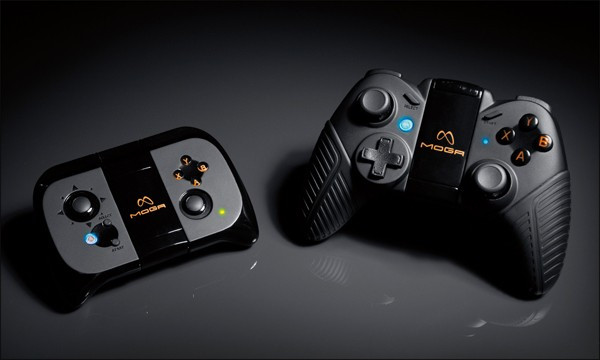
The MOGA Pocket and MOGA Pro are physical controllers, complete with buttons, grips and joysticks, for your smartphone or tablet. Right now they're limited to Android devices only and connect via Bluetooth to allow you to control mobile games like you would console games.
Due to be launched in the UK on 14 June, the MOGA comes in two flavours: The Pocket, which will cost £29.99 and the Pro, at £39.99
We'll start by looking at the Pocket which, as you may have guessed, is designed to be the more portable of the two.
MOGA Pocket
It's small-ish. Though roughly the same length as an iPhone 4S (114mm) the MOGA Pocket is thick and wide, with two small grips at the bottom which would make it hard to actually get into your pocket.
On the front is a flip-out, spring loaded holder for your smartphone, which holds it in place just above the control layout. It feels similar to holding and playing a 3DS, albeit somewhat heavier.
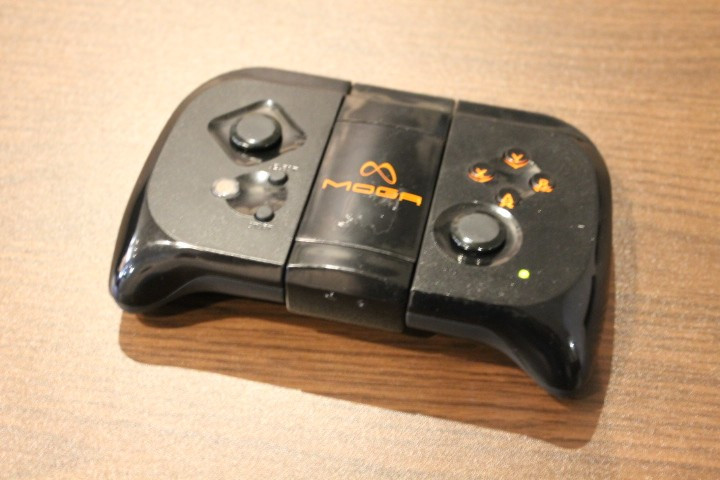
At 226 grams, the MOGA Pocket is quite weighty. It's meant of course to counterbalance the weight of your phone but leaves the whole set-up feeling a bit clunkier and bit more cumbersome that it ought to.
It's easy to hold however and you don't have to strain at all to reach the buttons. There's no latency either; once you're connected via Bluetooth, the Pocket's controls are ultra-responsive.
Aside from the weight and not-quite pocket size of the MOGA Pocket, the only other real gripe is with the thumbsticks, which take a bit too much pressure before they move. In an effort to keep the Pocket flat and therefore portable, the analogue sticks are stubby, little things and as a result, stiff. They remind us of that single thumbstick from the PSP which always seemed to be fighting to snap back into place. Particularly in games like first-person shooter Modern Combat 4, the very games MOGA was designed for, moving and looking and can be a tricky.
Nevertheless, it's much better than touch controls. If you try and play something like Grand Theft Auto III or Max Payne on your smartphone, it's nigh on impossible. Having the physical buttons gets round that problem and even makes simplistic games that could easily be done with touch controls, like Pac-Man, more enjoyable. Touch controls are inaccurate and often mean covering up half the screen with your hand. The MOGA Pocket is a must have when it comes to mockbusters like Modern Combat, but it'll improve any mobile game.
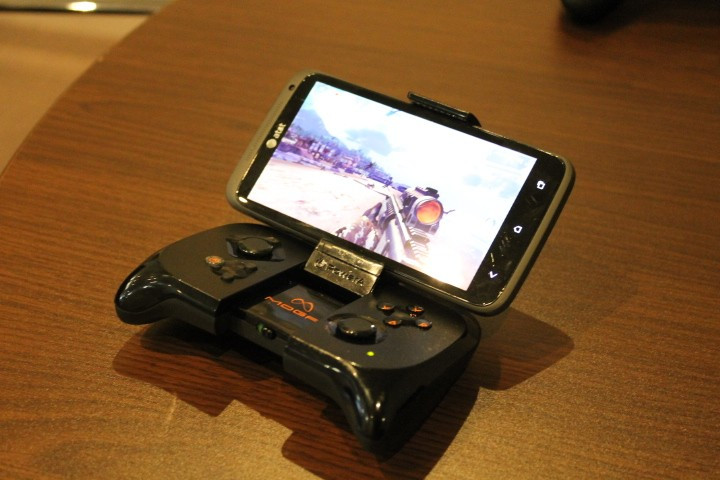
Or at least, every mobile game that supports it. To use the MOGA, you'll have to download the MOGA Pivot app from Google Play, which lists every game that's been optimised to support physical controls. Compared to the size of the Google Play Store, the amount of MOGA enhanced games is still quite small but there are enough titles out there to get the best from the controllers, with more bound to arrive in the future.
MOGA Pro
The MOGA Pro has roughly the same size, shape and button layout of an Xbox 360 controller, though is much lighter, at around 141g. It also has a flip-out phone holder but, considering the two pronounced grips, is not suitable for portable gaming like the Pocket is.
Instead, the Pro is intended for use with tablets around the house, as a way, perhaps, of facilitating a second screen for gaming if someone else is watching the television. Again, it connects via Bluetooth but unlike the Pocket, which uses two AAA batteries, can be recharged via USB.
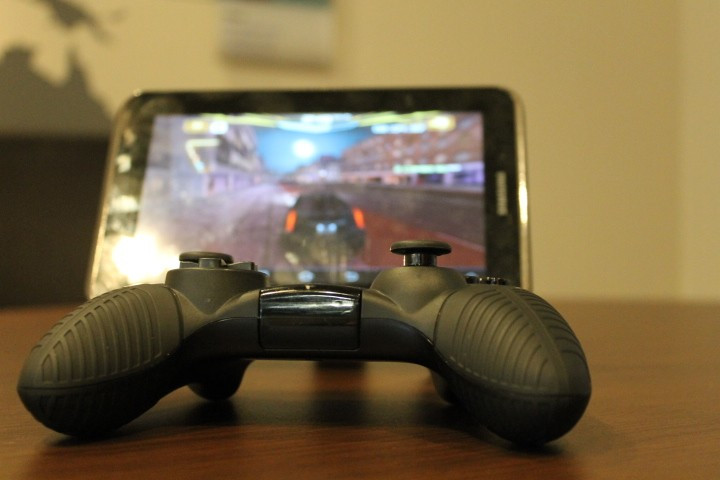
Also unlike the Pocket, all the buttons and sticks work perfectly. There are two extra shoulder buttons, taking the place of the 360 controller's left and right bumper and the two analogue sticks can be clicked down, like the PS3's L3 and R3 buttons.
The Pro feels, basically, like a lightweight, professional, fully-functioning Xbox controller - there are no hardware issues with it all. The problem is it's not quite clear what it's for. You can use it to play games on your tablet, yes, but if you want to do that on the go, not only will you have to carry the cumbersome Pro around with you, but also a tablet stand (which, incidentally, comes included).
You might want to play it around the home, but why? Even with its 360 controller look and feel, the Pro doesn't make up for the fact that tablet and phone games are nowhere near the sophistication of console releases. And even if someone is using the main TV, it's likely that, if you're someone who could afford to buy a MOGA, you probably have a second TV somewhere in your house.
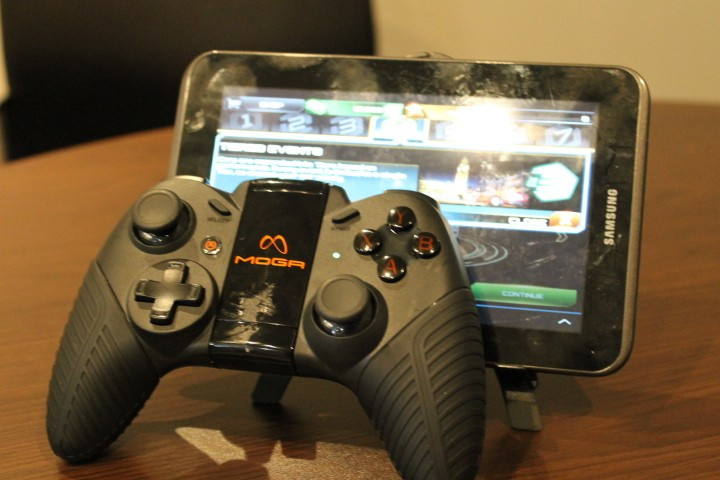
The Pro is definitely the more responsive of the two devices, but without the portability, MOGA's USP is shot. It is a better way to play your tablet, yes, but not on the move, and if you're at home, which is the only place the Pro is viable, chances are you've a proper console set up on a proper screen, so playing tablet games, which are still lagging in terms of quality, isn't going to trump that.
Niche
The success of MOGA will depend entirely on how mobile gaming tastes change in the next few years. Right now, iPhone and Android games are wrapped around experiences that tend to do better sales wise the less time they take up of a player's day. Look at Angry Birds and Clash of Clans. These are games you can dip into for a few minutes while you wait for a bus or a meeting to start. When you're making a mobile game, the bullseye is something people will keep coming back to but won't invade their day; a game that's compulsive, but won't make players feel like they're nerds.
On the contrary, there's opportunity for MOGA. Google chairman Eric Schmidt has predicted a 1 billion strong Android install base by the end of the year, so that's a market right there. Games are enjoying a high profile right now, too: Thanks to the rise (though eventual fall) of the Nintendo Wii and pervasive platforms like Facebook, more people are playing games than ever, albeit with a reluctance to label themselves "gamers."
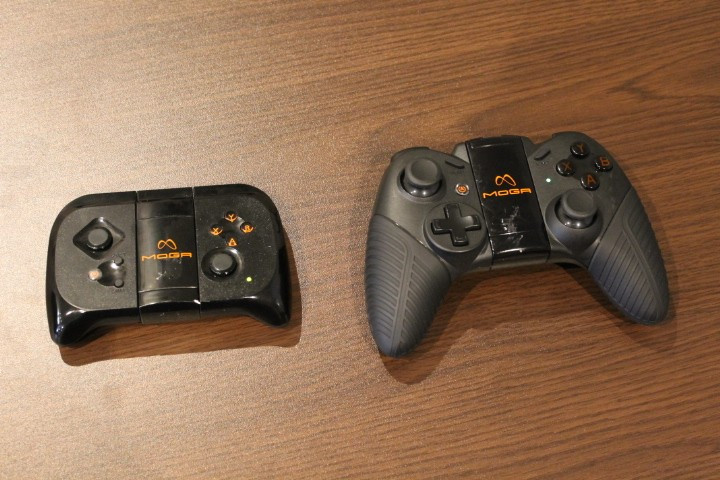
This is MOGA's niche; it's a kind of halfway solution. We have so many people playing games now, but none of them want to be known to be playing games - they certainly don't want to fork over £300+ for a next-gen console. What the controllers provide is something equitable to a harder gaming experience without the shame. They're cheap, light, and easy to just put away, but at the same time, do a solid job of making your phone or tablet feel like a proper console.
The question is whether the same people who play Angry Birds now are willing to upgrade to heavier games. It's all about how those tastes change, whether people who play phone games are going to look at the Xbox One and the PlayStation 4 and decide they want to try it out, but without the time consumption and the open wallet surgery. If casual gamers can be convinced hardcore titles are worth a try, MOGA will have a market. If not, it's going to struggle to go beyond niche.
© Copyright IBTimes 2024. All rights reserved.







